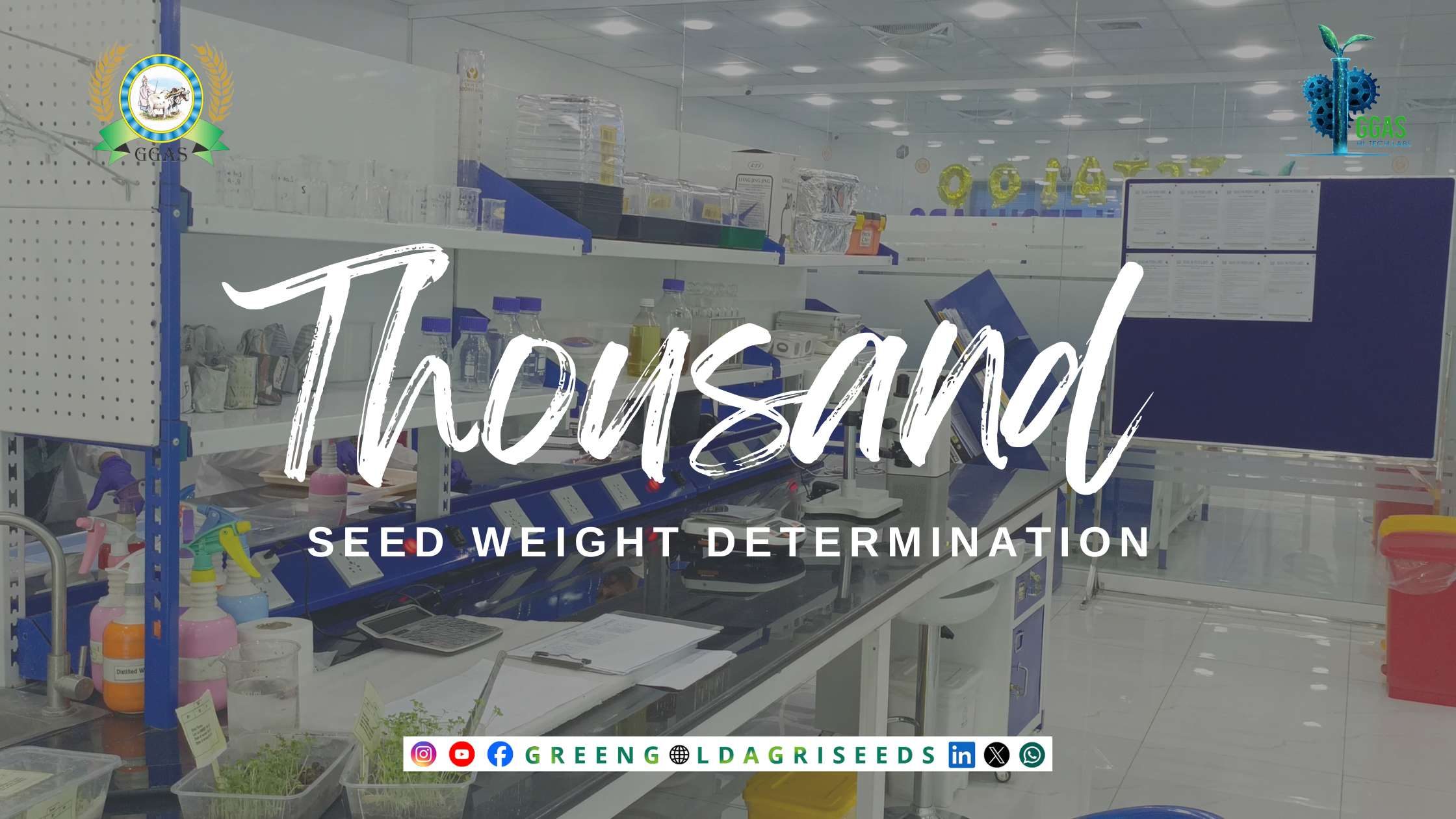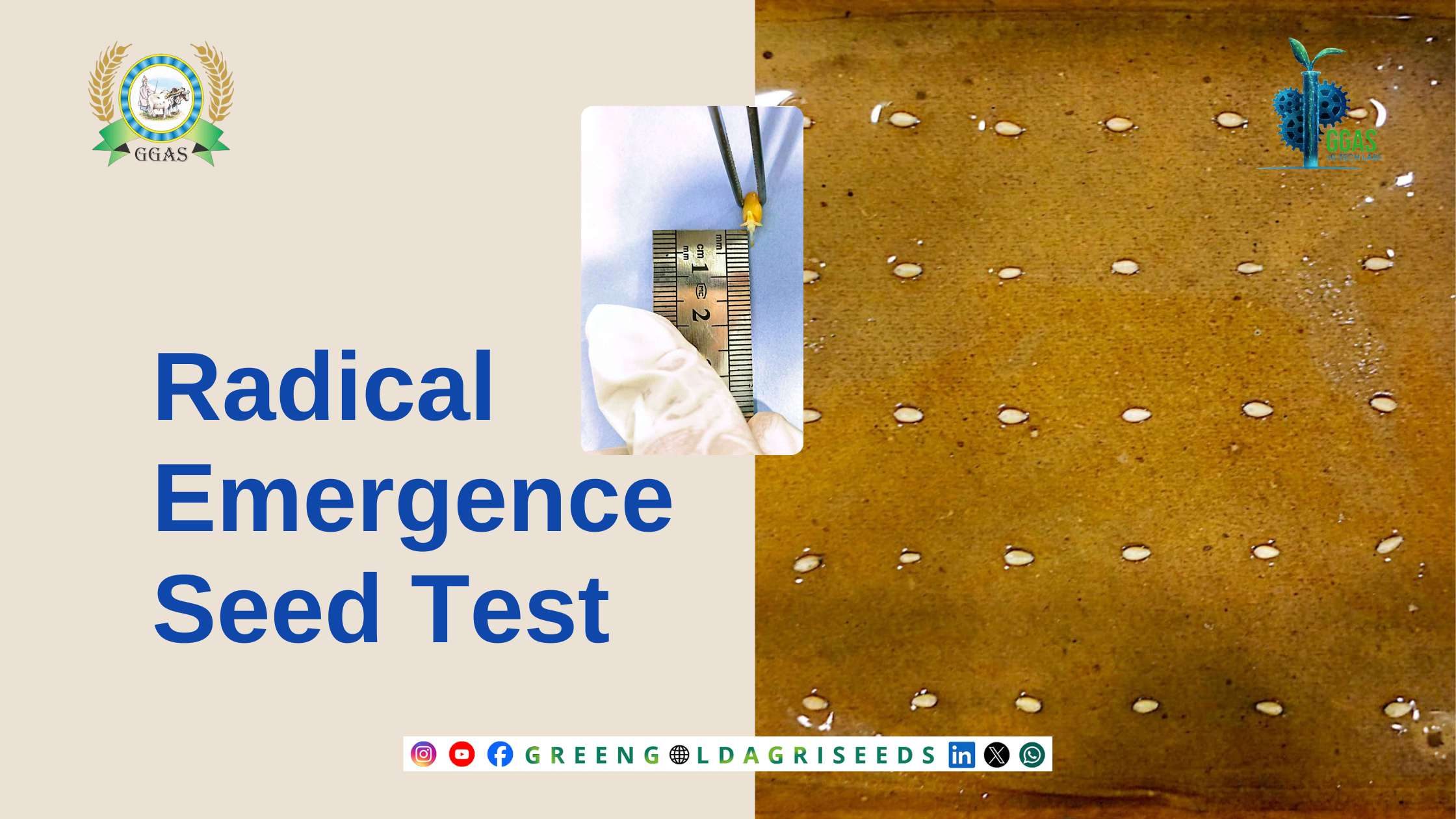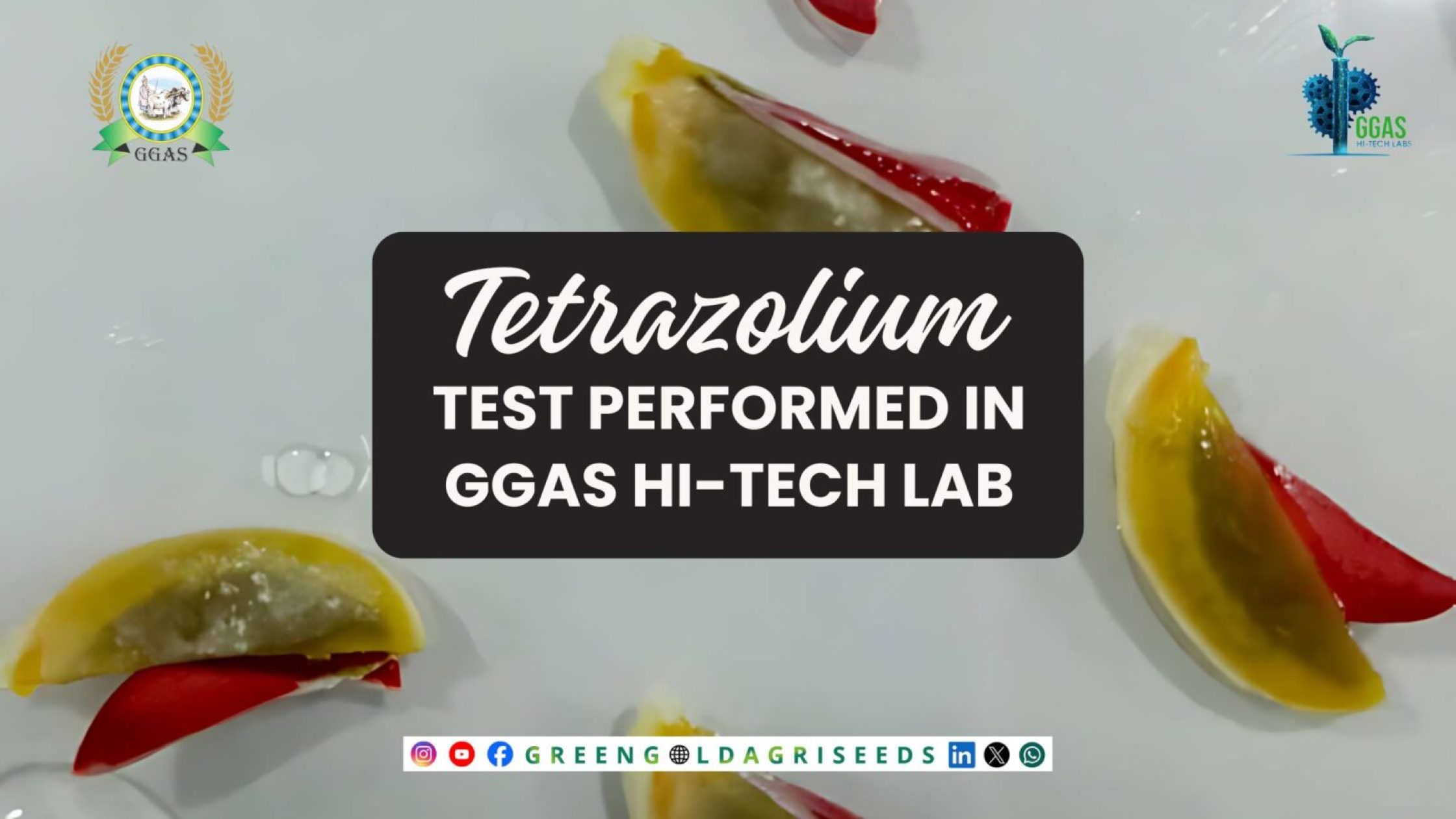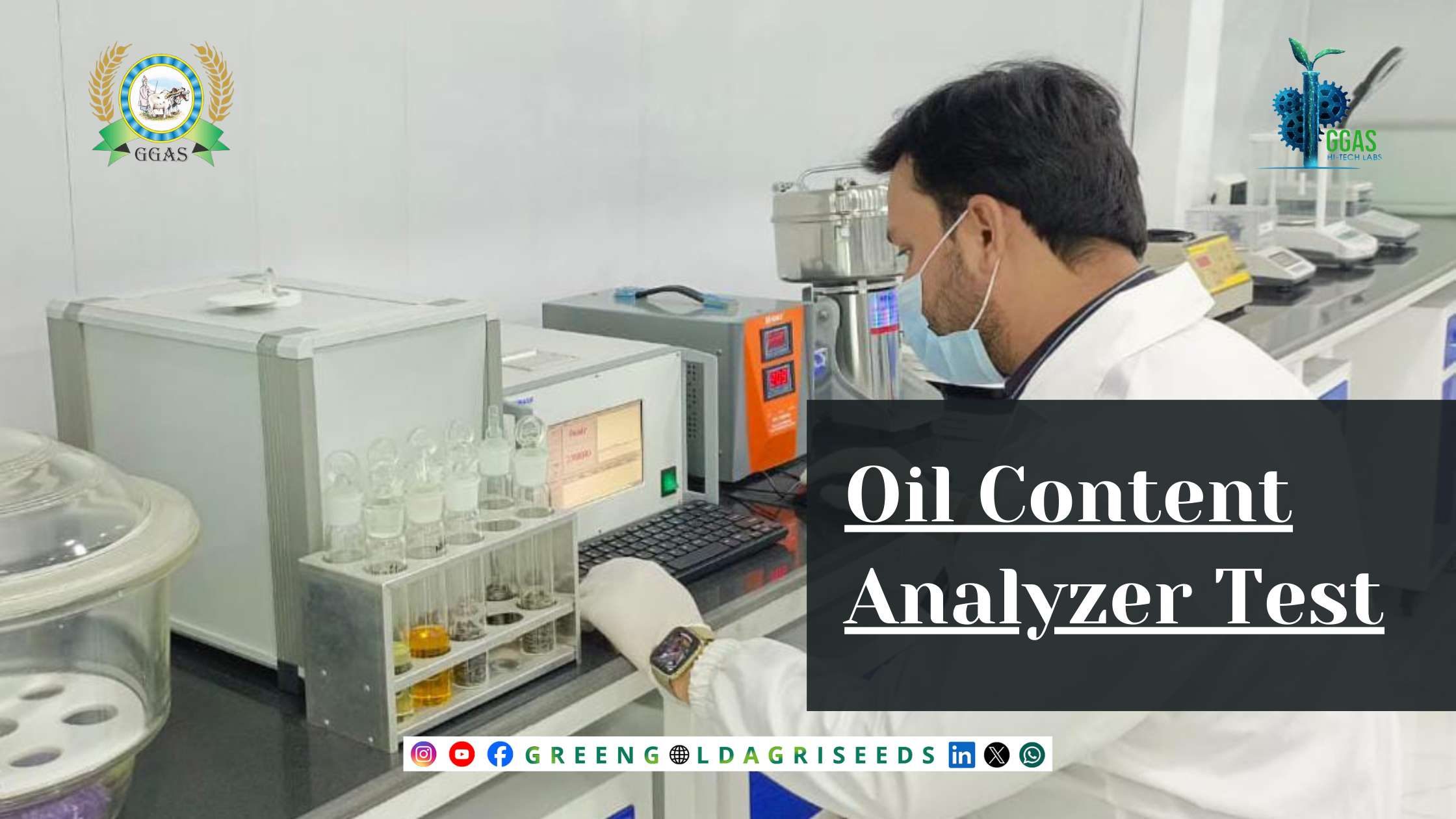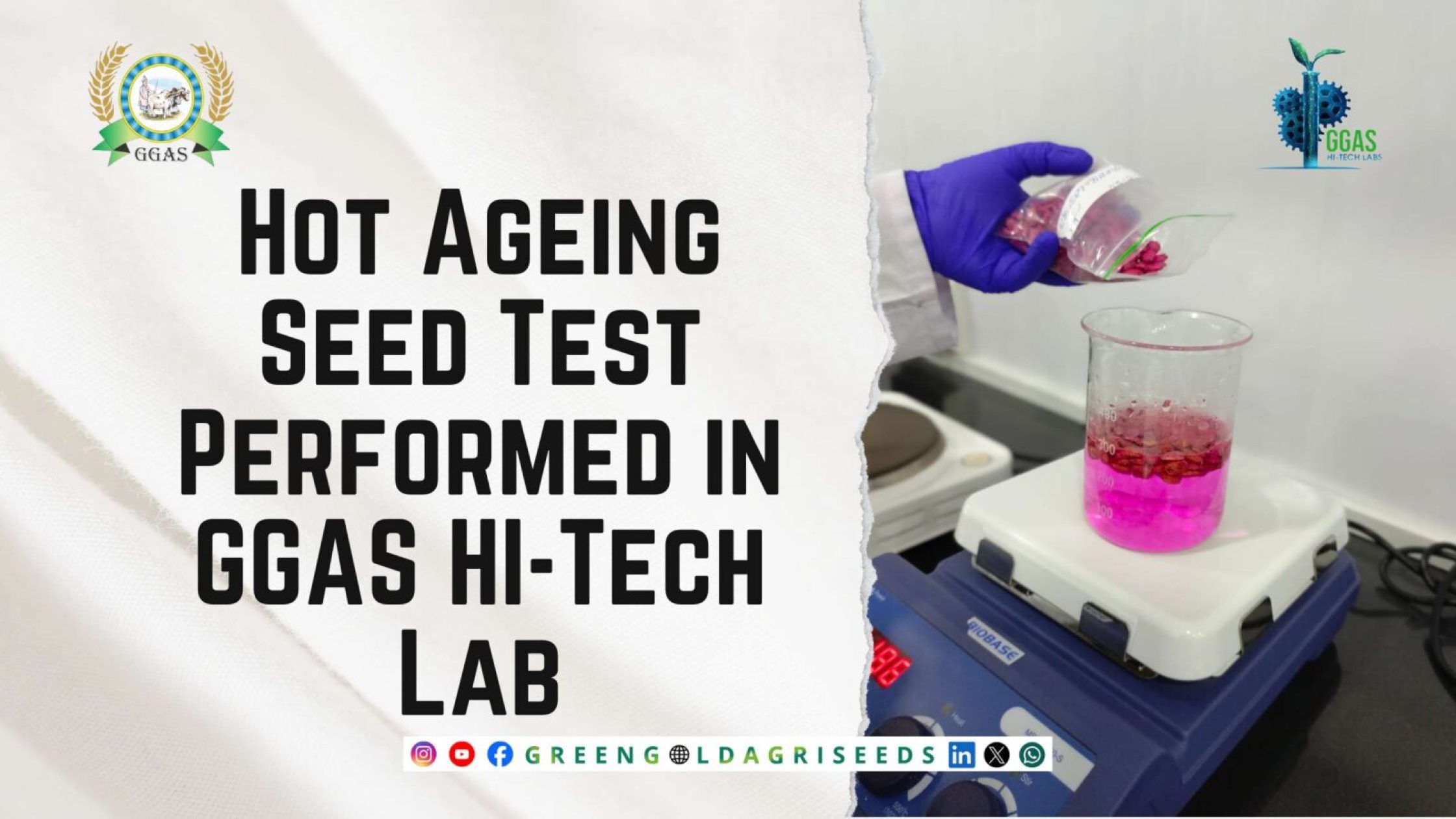No products in the cart.
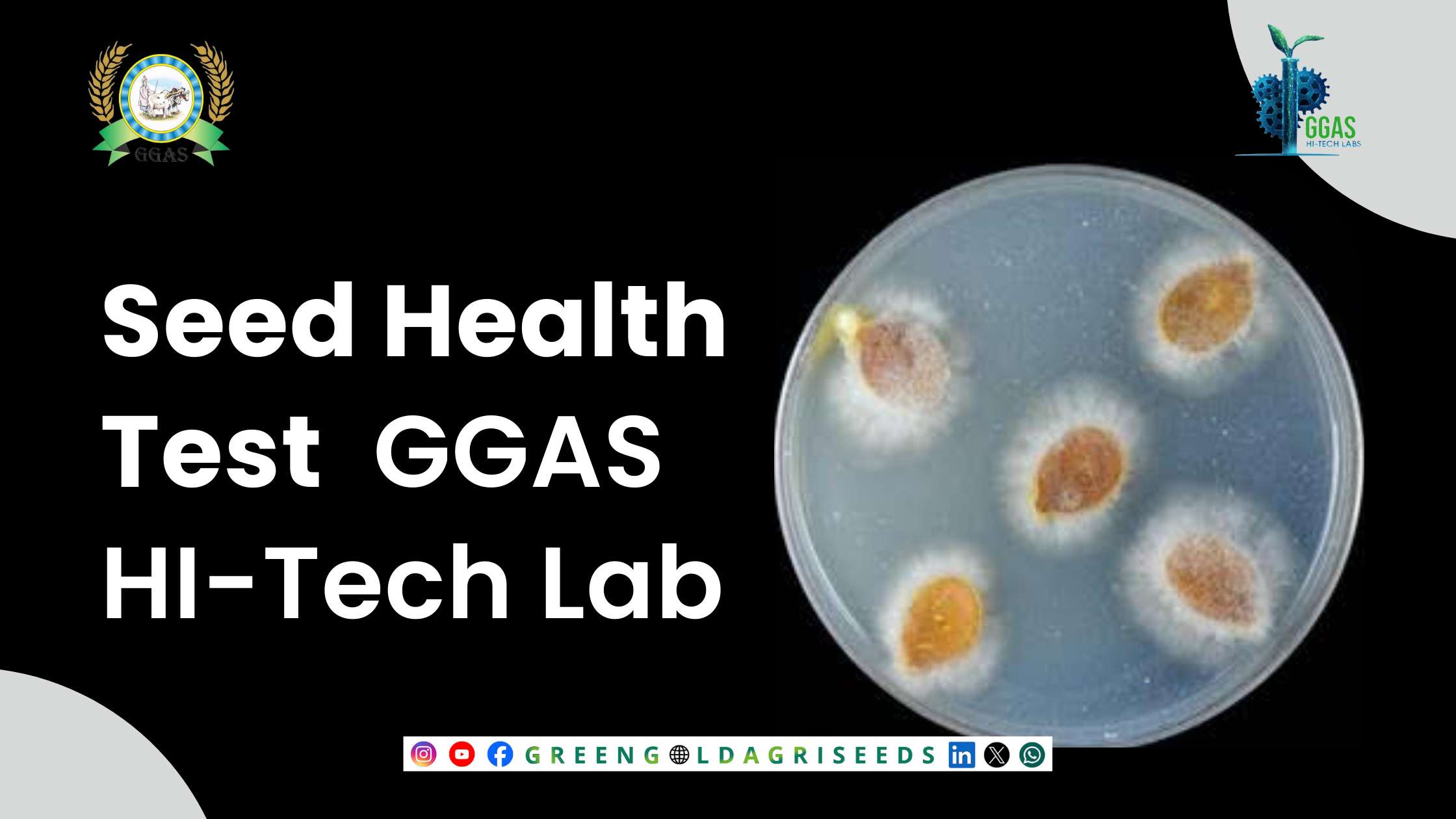
Seed Health Test Performed in GGAS HI-Tech Lab
The health of seeds refers primarily to the presence or absence of disease-causing organisms
such as Fungi, Viruses, bacteria and funjal pests etc. According to ISTA, the main
objective of a seed health test is to determine the health status of a seed sample.
PROTOCOL:
- To conduct a seed health test according to ISTA, a representative seed sample of the required size is obtained (depending upon the crop).
- Seeds are surface sterilized with a disinfectant followed by thorough then rinsing with sterile water.
- Seeds are then adjusted on a suitable medium (filter paper) and placed in a growth chamber, using conditions that support the growth of potential pathogens.
- The incubated seeds are regularly observed for fungal or bacterial growth.
- Pathogens are Identified by an experienced pathologist and recorded using appropriate methods and references.
BENEFITS:
- Seed health testing performed at GGAS-HITECH LAB according to ISTA guidelines can help farmers detect and avoid seeds contaminated with pathogens, reducing crop diseases and improving yield and quality.
- It ensures better plant health and lowers the risk of widespread infections, leading to more reliable and productive harvests.
- Seed health testing ensures seeds meet international phytosanitary standards, enhancing market acceptance and compliance.
- It helps in providing evidence of seed quality, reducing the risk of disputes, and building buyer confidence by demonstrating that seeds are free from harmful pathogens.




